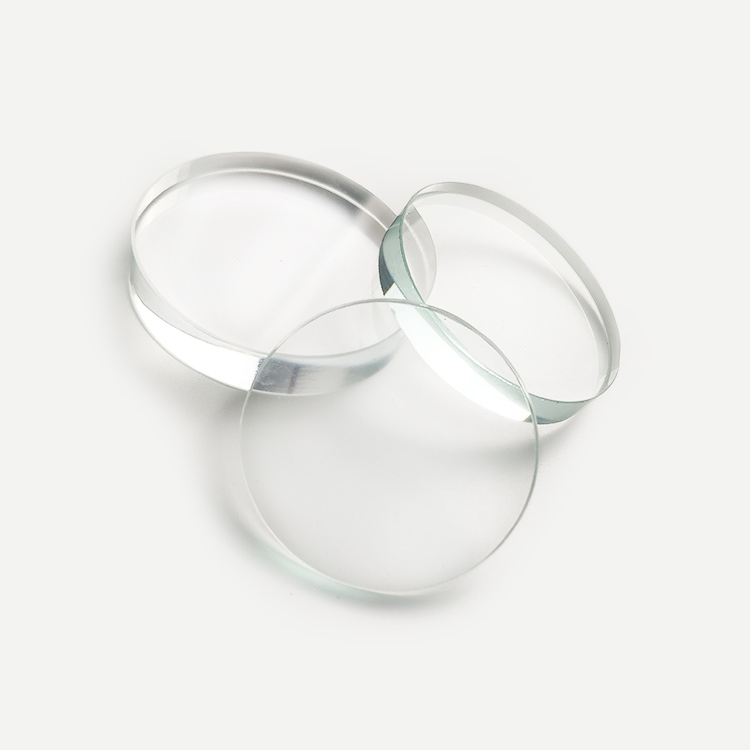
Quartz glass and borosilicate glass are two distinct types of glass with unique properties and applications. Understanding their differences is crucial for selecting the appropriate material for specific industrial or scientific uses.
Quartz glass, commonly referred to as fused silica, is primarily composed of silicon dioxide (SiO2). This unique composition endows it with exceptional physical and chemical properties. Quartz glass features a softening point of approximately 1730°C and can endure temperatures up to 1450°C for brief periods. It remains stable under high-temperature conditions and exhibits remarkable corrosion resistance, with the exception of hydrofluoric acid.

Additionally, quartz glass is celebrated for its thermal stability, characterized by an extremely low coefficient of thermal expansion that enables it to withstand significant temperature fluctuations without cracking. Its optical transmittance performance is outstanding, with visible light transmittance exceeding 93%, making it particularly suitable for optical instruments.
Furthermore, quartz glass possesses excellent electrical insulation properties even at elevated temperatures. Borosilicate glass, often known by brand names such as Pyrex or Ziesel glass, consists of oxides including silica (SiO2), boron oxide (B2O3), and sodium oxide (Na2O). This specific composition results in a material exhibiting unparalleled chemical and physical characteristics. Borosilicate glass demonstrates high resistance to corrosion except when exposed to hydrofluoric acid, phosphoric acid, and hot caustic solutions. It has a low coefficient of thermal expansion significantly lower than that found in other glasses and metals; this makes it an ideal choice for applications involving temperature variations. Moreover, borosilicate glass is transparent and chemically inert towards most substances ensuring that it does not alter the taste or odor of materials with which it comes into contact.
The primary distinction between quartz glass and borosilicate glass resides in their chemical compositions and the resultant properties. Quartz glass is characterized by its high purity, with a greater SiO2 content, which contributes to its superior temperature resistance and optical clarity. In contrast, borosilicate glass contains boron oxide, which enhances its corrosion resistance and renders it more versatile for a variety of applications. Quartz glass is predominantly employed in high-temperature environments and optical instruments due to its exceptional thermal tolerance and outstanding light transmission characteristics. Borosilicate glass finds extensive use across the chemical, food, and pharmaceutical industries owing to its chemical inertness, smooth surface finish, and transparency.
In conclusion, while both quartz glass and borosilicate glass exhibit remarkable properties, their distinct compositions dictate specific applications. Quartz glass is ideally suited for optical uses and high-temperature scenarios, whereas borosilicate glass offers versatility suitable for a wide range of industries that require chemical resistance and thermal stability. A comprehensive understanding of these differences facilitates the informed selection of the most appropriate type of glass for particular requirements.
Copyright © Hengshui Aohong Special Glass Manufacturing Co., Ltd. All Rights Reserved | Sitemap